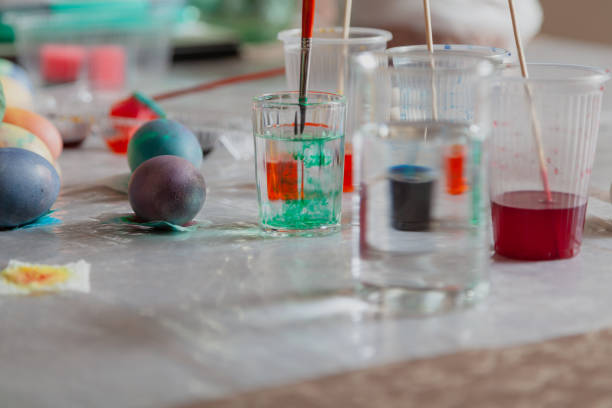
In an era dominated by mass production and digital technologies, the allure of handmade goods often gets overshadowed. Yet, in Australia, a vibrant and thriving craft culture persists, reminding us of the intrinsic value of the handmade. From pottery to woodworking, textile arts to glass blowing, Australian artisans continue to hone their skills, preserving traditions while also pushing the boundaries of creativity. In this article, we delve into the rich tapestry of craft in Australia, exploring its significance and the enduring appeal of handmade goods in a rapidly changing world.
Australia’s craft tradition runs deep, with Indigenous cultures boasting a rich legacy of intricate weaving, carving, and pottery that stretches back thousands of years. This heritage continues to influence contemporary Australian craft, providing a profound connection to the land and its people. From the delicate dot paintings of the Aboriginal peoples to the intricate designs of Torres Strait Islander weaving, Indigenous artistry serves as a testament to the enduring power of tradition and innovation.
In addition to Indigenous craft, Australia’s colonial history has also left its mark on the country’s artisanal landscape. European settlers brought with them a wealth of craft traditions, including woodworking, metalwork, and textile arts. Over time, these traditions merged with Indigenous techniques, resulting in a unique fusion of styles and influences. Today, Australian craft reflects this diverse heritage, blending old-world craftsmanship with modern sensibilities.
One of the most enduring aspects of Australian craft is its emphasis on sustainability and environmental consciousness. In an age of disposable consumerism, handmade goods offer a sustainable alternative crafted with care and attention to detail. Many artisans use locally sourced materials, minimizing their environmental footprint and supporting local economies. From recycled timber furniture to hand-dyed textiles using natural dyes, Australian craft exemplifies a commitment to ethical production practices and environmental stewardship.
Moreover, the resurgence of interest in handmade goods reflects a broader cultural shift towards authenticity and individuality. In a world inundated with mass-produced goods, there is a growing appreciation for items imbued with a sense of history and character. Handmade goods tell a story, reflecting the skill and dedication of the artisan who crafted them. Whether it’s a hand-thrown ceramic vase or a handwoven scarf, each piece carries with it a sense of authenticity and uniqueness that is increasingly rare in today’s marketplace.
Furthermore, the act of making by hand offers numerous benefits beyond the finished product. Engaging in craft can be a meditative and therapeutic practice, providing a welcome respite from the hectic pace of modern life. Whether it’s the rhythmic motion of knitting needles or the careful precision of woodworking tools, crafting allows individuals to reconnect with their creativity and find solace in the act of creation. In a world where digital distractions abound, the tactile experience of working with one’s hands offers a welcome antidote, grounding us in the present moment and fostering a deeper connection to the world around us.
In recent years, the resurgence of interest in craft has been driven in part by the rise of the maker movement and the popularity of platforms such as Etsy, which connect artisans with consumers seeking unique and handmade goods. These platforms have democratized the craft market, allowing artisans to reach a global audience and forge meaningful connections with customers who value the human touch that goes into each handmade item.
However, despite the growing popularity of handmade goods, Australian artisans continue to face challenges, including competition from mass-produced imports and the rising cost of materials and studio space. In order to ensure the continued vitality of Australia’s craft sector, we, as consumers, must recognize the true value of handmade goods and support local artisans and craftspeople.
Ultimately, craft in Australia embodies a spirit of creativity, innovation, and resilience. It is a testament to the enduring power of tradition and the timeless appeal of handmade goods in an increasingly homogenized world. By celebrating and supporting Australian craft, we not only preserve our cultural heritage but also contribute to a more sustainable and vibrant future for generations to come. So, let us not forget the real value of handmade goods and continue to cherish the unique beauty and craftsmanship that define Australian craft.
